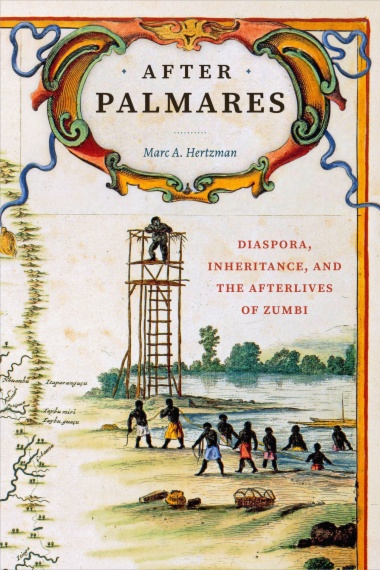In After Palmares, Marc A. Hertzman tells the rise, fall, and afterlives of Palmares, one of history’s largest and longest-lasting maroon societies. Forged during the seventeenth century by formerly enslaved Africans in what would become northeast Brazil, Palmares stood for a century, withstanding sustained attacks from two European powers. In 1695, colonial forces assassinated its most famous leader, Zumbi. Hertzman examines the remarkable ways that Palmares and its inhabitants lived on after Zumbi’s death, creating vivid portraits of those whose lives and voices scholars have often assumed are inaccessible. With an innovative approach to African languages, and paying close attention to place as well as African and diasporic spiritual beliefs, Hertzman reshapes our understanding of Palmares and Zumbi and advances a new framework for studying fugitive slave communities and marronage in the African diaspora.
- Cover
- Contents
- Acknowledgments
������������������������
- A Note on Language�������������������������
- Chronology�����������������
- Introduction: Layered Diasporas
- I: War and Conquest
- Chapter One: March 21, 1645
- Chapter Two: Before He Died, I Killed Zumbi
- II: Spirits
- Chapter Three: Whose Confusion?
- Chapter Four: Flying Home?
- III: People
- Chapter Five: Pedro, Paula, and the Refugees
- Chapter Six: The Powerful and Almost Powerful
- Chapter Seven: The “Indians of Palmares"
- IV: Places
- Chapter Eight: Greater Palmares
- Chapter Nine: Farther North
- V: Deaths and Rebirths
- Chapter Ten: Killing Zumbi (Again)
- Chapter Eleven: Connected and Beyond
- Conclusion: Tapera dos Palmares
- Appendix A: A Latin Americanist Introduction to Africanist Comparative Historical Linguistics
- Appendix B: Supplemental List of Sources
- Notes������������
- Bibliography�������������������
- Index������������

